Activated Carbon For Chlorine Removal
Heycarbons offers professional grade Granular Activated Carbon (GAC) for removing chlorine from water.
One of the main applications of activated carbon is dechlorination, removing free chlorine (Cl₂) from water.
What is Chlorine?
Chlorine is a chemical added to water, primarily as a disinfectant.
Chlorine is used as a disinfectant in three forms: chlorine gas, calcium hypochlorite, and sodium hypochlorite, any of which when added to water will interact with the water to produce hypochlorous acid, HOCl.
Hypochlorous acid HOCl is the main active ingredient in chlorine disinfection and can kill bacteria and viruses in water.
The chemical reaction is as follows:
Calcium Hypochlorite: Ca(OCl)₂ + 2H₂O → 2HOCl + Ca(OH)₂
Sodium Hypochlorite: NaOCl + H₂O → HOCl + NaOH
Chlorine: Cl2 + H2O → HOCl + H++Cl–
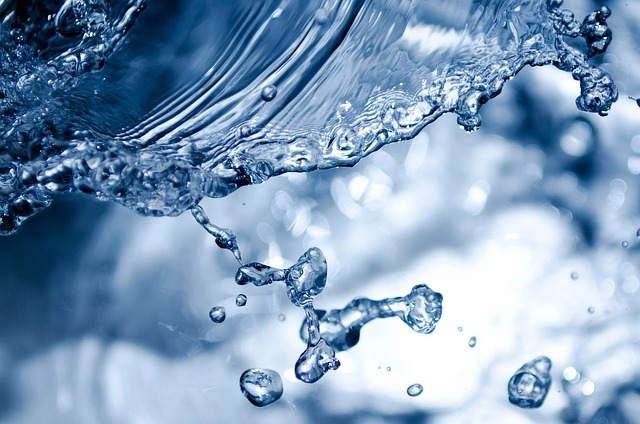
The hazards of chlorine
Waterworks usually use chlorine as a disinfectant to kill bacteria and viruses in water. Although chlorine plays an important role in ensuring water quality safety, its residues also bring a series of problems. If the residual chlorine concentration in tap water is too high, it will cause harm to human health, water environmental protection and water equipment. The specific manifestations are as follows:
1. Health and safety considerations
Although chlorine can effectively kill harmful microorganisms in water, its residues may have negative effects on human health:
- Skin and respiratory tract irritation: Chlorine may irritate the skin, eyes and respiratory tract, especially for sensitive groups such as children, the elderly and patients with skin diseases.
- Digestive system effects: Long-term drinking of chlorinated water may disrupt the balance of intestinal flora, leading to indigestion or other health problems.
- Potential carcinogenic risk: Chlorine reacts with organic matter in water to produce byproducts such as trihalomethanes, which are listed as potential carcinogens by the World Health Organization (WHO). Long-term intake may increase the risk of cancer.
2. Taste and smell
- Odor: Chlorine produces a noticeable chemical smell that affects the taste and drinking experience of water.
- Impact on beverage quality: Chlorine may change the natural flavor of beverages such as tea and coffee.
3. The need for environmental protection
Chlorine is not only potentially harmful to human health, but also poses a threat to the ecological environment:
- Hazards to aquatic organisms: Chlorine-containing wastewater discharged into natural water bodies may cause poisoning to fish and other aquatic organisms and disrupt the ecological balance.
- Impact on soil health: Using chlorinated water to irrigate farmland may damage the soil microbial environment and affect crop growth.
4. Protection of equipment and pipes
The strong oxidizing property of chlorine may cause damage to household water equipment and pipe systems:
- Corrosion risk: Chlorine will accelerate the corrosion of metal pipes, shorten their service life and increase maintenance costs.
- Equipment performance degradation: Long-term contact with chlorinated water in household water purification equipment may cause filter element clogging or performance degradation, affecting the water purification effect.
As an efficient and economical adsorption material, activated carbon has significant advantages in removing chlorine and its byproducts from water, providing a feasible solution to this problem. In the following sections, we will explore in depth the methods, products and practical applications of activated carbon for removing chlorine.
You will get a quote in 24 hours
You will get a quote in 24 hours
How does Activated Carbon Remove Chlorine?
Does activated carbon remove chlorine?
Activated carbon is a porous material with a very high specific surface area (usually 500-1500 m²/g) and a rich surface of micropores, mesopores and macropores. This structural characteristic enables it to efficiently adsorb impurities in water, including chlorine and its derivatives. Activated carbon chlorine removal capacity is high.
How to use activated carbon for chlorine removal?
Activated carbon removes chlorine from water in two main ways:
1. Physical adsorption
- The porous structure of activated carbon can adsorb free chlorine molecules (Cl₂) and hypochlorous acid (HOCl) in water.
- This adsorption mainly depends on the van der Waals force on the surface of activated carbon and is a physical process.
2. Chemical reaction
Activated carbon can not only absorb chlorine, but also react chemically with chlorine to convert it into harmless substances. The specific reaction is as follows:
- Chlorine (Cl₂) reacts with carbon (C) on the surface of activated carbon: Cl2+H2O+C→HCl+HOCl
- Hypochlorous acid (HOCl) reacts with activated carbon: HOCl+C→H++Cl−+CO or 2HOCl+C→CO2+2H++2Cl−
- Ultimately, the chlorine is reduced to chloride ions (Cl⁻), while the activated carbon surface is oxidized to produce carbon dioxide (CO₂) or other oxides.
You will get a quote in 24 hours
You will get a quote in 24 hours
Activated Carbon For Chlorine Removal Affecting Factors
The efficiency of activated carbon in removing chlorine is affected by many factors, including the type and quality of activated carbon, contact time, chlorine concentration, water pH, and temperature, as shown below:
1. Type and quality of activated carbon
- Activated carbon made from different raw materials (such as coconut shell, wood, coal, etc.) has different adsorption properties.
- Chlorine is a small molecule, Heycarbons recommends using coconut shell or fruit shell activated carbon with small pores instead of coal-based activated carbon.
- Activated carbon with high specific surface area and appropriate pore size distribution has better dechlorination effect.
- Higher iodine number indicates stronger activated carbon chlorine removal capacity. For effective water treatment, activated carbon with iodine number over 900 is preferred.
- The adsorption rate of activated carbon is inversely proportional to the particle size. Smaller particles lead to faster adsorption rate, but smaller particles are not always better.
- Reduced mechanical strength accompanies smaller particle size, making it prone to breakage and shortening the service life of the product.
In addition, smaller particles increase the resistance inside the activated carbon tank and reduce the flow rate. Therefore, it is crucial to select activated carbon with appropriate particle size. Generally, for water treatment purposes, activated carbon ranging from 8 to 30 mesh is usually selected.
2. Contact time
- The longer the contact time between water and activated carbon, the better the chlorine removal effect.
- Sufficient water flow through the activated carbon bed is usually required to ensure sufficient reaction.
3. Chlorine concentration
- The higher the chlorine concentration in the water, the faster the adsorption capacity of the activated carbon is consumed.
- High chlorine concentrations may cause the activated carbon to saturate more quickly, requiring more frequent replacement or regeneration.
4. Water pH
- Under acidic conditions, hypochlorous acid (HOCl) is the main form of existence, and activated carbon has a better adsorption effect on it.
- Under alkaline conditions, the proportion of hypochlorite ions (OCl⁻) increases, and the adsorption effect of activated carbon may decrease.
5. Temperature
- The dechlorination rate increases with increasing temperature because the viscosity of the water decreases, allowing free chlorine to diffuse faster to the GAC surface. Therefore, the life of the carbon is also extended. However, too high a temperature may reduce the adsorption capacity of the activated carbon.
You will get a quote in 24 hours
You will get a quote in 24 hours
Chlorine and Chloramine Removal with Activated Carbon
How to remove chloramine from water?
Ordinary granular activated carbon has a good effect on the removal of free chlorine (Cl₂), but its ability to remove chloramine is limited. Chloramine is very stable and is not easily completely removed by ordinary activated carbon.
So, How to remove chloramine from water? Catalytic Activated Carbon can accelerate the decomposition reaction of chloramine, reducing it to harmless nitrogen and ammonia, and then remove the residue by adsorption.
The working principle of catalytic activated carbon to remove chloramine is as follows:
Chloramine (NH₂Cl) will be decomposed by the catalytic action of carbon on the surface of activated carbon: NH2Cl+C→NH3+Cl−+C+
Among them, chloramine decomposes into ammonia (NH₃), and ammonia may require additional treatment (such as removal by ion exchange resin or biofiltration).
Catalytic activated carbon has high removal efficiency and can quickly decompose chloramine. It is widely used in municipal water supply pretreatment and industrial water purification.
For more information on chloramine removal with activated carbon, read the article:
Coconut shell catalytic activated carbon for water filter
You will get a quote in 24 hours
You will get a quote in 24 hours
What's the best activated carbon for chlorine removal?

Dechlorination of Drinking Water
In the process of dechlorination of drinking water, Heycarbons generally recommends coconut shell or nutshell granular activated carbon with an iodine value of 900mg/g and a mesh size of 8*30mesh or 10*20mesh. This type of activated carbon has the advantages of high mechanical strength, developed pore structure, large specific surface area, fast adsorption speed, and non-toxicity. It has a good effect in dechlorination of drinking water.
For dechlorination of drinking water, Heycarbons also recommends using 12-40 mesh peach shell granular activated carbon with an iodine value of 700 or 900, which is effective in removing residual chlorine.
Water Treatment Plants Customer Case
In a sewage treatment plant, due to the high residual chlorine and chlorine dioxide content in the water, the membrane inlet system of the reverse osmosis (RO) membrane system was oxidized and the desalination rate continued to decrease. The customer required the residual chlorine in the water to drop from 0.24 mg/L to below 0.05 mg/L.
In this case, Heycarbons first recommends bituminous coal crushed carbon, 8×30 mesh, iodine value of 850-900 mg/g to achieve the desired effect. If the customer requires coconut shell and fruit shell activated carbon, the iodine value is required to be 1000 and 850 respectively.
Water Treatment in Power Plant Customer Case
A power plant uses activated carbon filters to remove chlorine. The table below shows the parameters of the Heycarbons coconut shell activated carbon it uses, which complies with GB/T13803.2-1999 and DL/T582-2004 standards.
Detailed Heycarbons coconut shell activated carbon parameters are shown in the following table:
| Iodine adsorption value, mg/g | Strength, % | Apparent density, g/mL | Granularity | Moisture, % | Ash, % | pH | Floating loss rate |
|---|---|---|---|---|---|---|---|
| ≥1000 | ≥94.0 | 0.45-0.55 | 0.63-2.00mm,≥90% 0.63mm or less,≤5% | ≤10.0 | ≤5.0 | 5.5-11 | <5% |
You will get a quote in 24 hours
You will get a quote in 24 hours
Activated Carbon For Chlorine Removal Application
Activated carbon dechlorination is widely used in the following scenarios:
Household water purifier
Activated carbon filters are the core components of household water purifiers, used to remove chlorine, odor and organic matter from tap water, improving taste and safety.
Industrial water treatment
In industry, it is used as a pre-treatment step to protect subsequent equipment from chlorine corrosion. In the food, beverage, pharmaceutical and other industries, activated carbon is used to remove chlorine and its byproducts from water.
Aquarium/Aquaculture
Activated carbon protects fish and other aquatic life from damage by chlorine.
Agricultural irrigation
- Irrigation water: remove chlorine from water to avoid its adverse effects on plant growth.
- Greenhouse cultivation: provide better quality water sources to promote healthy growth of crops.
You will get a quote in 24 hours
You will get a quote in 24 hours
Steps to Custom Heycarbons Activated Carbon
Consultation
By understanding your needs and requirements, our salesmen work with you to submit the appropriate activated carbon solution.
Quotation
Heycarbons expert customer service will provide you with a free quote based on your requirements as well as product specifications and quantities.
Production
Heycarbons has sufficient inventory and strong production capacity, and will report production progress to you from time to time.
Shipping
Heycarbons know you need to receive the product as soon as possible, after rigorous quality checks and protective packaging, by fedex shipping.
Contact Heycarbons
Let’s Get in Touch
We’re open for any suggestion or just to have a chat
Contact with us
We will give you the help you need
Floor 20, Building 2, Binhu International City, Erqi District, Zhengzhou City, Henan Province
Heycarbons Factory Tour
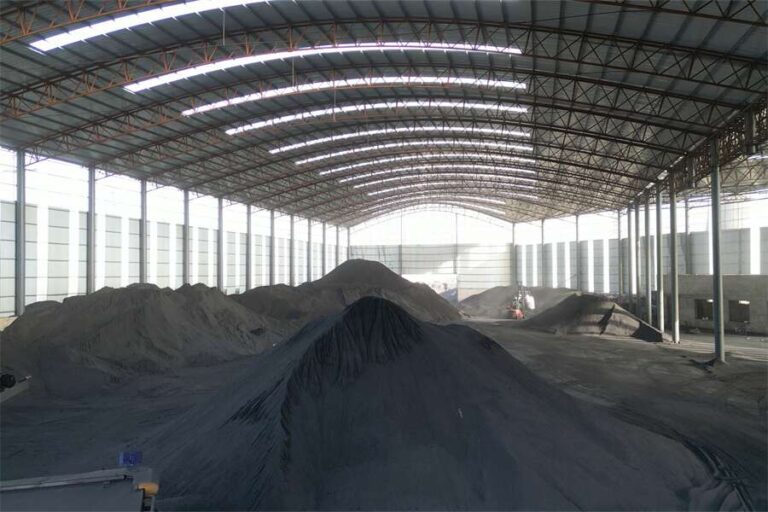
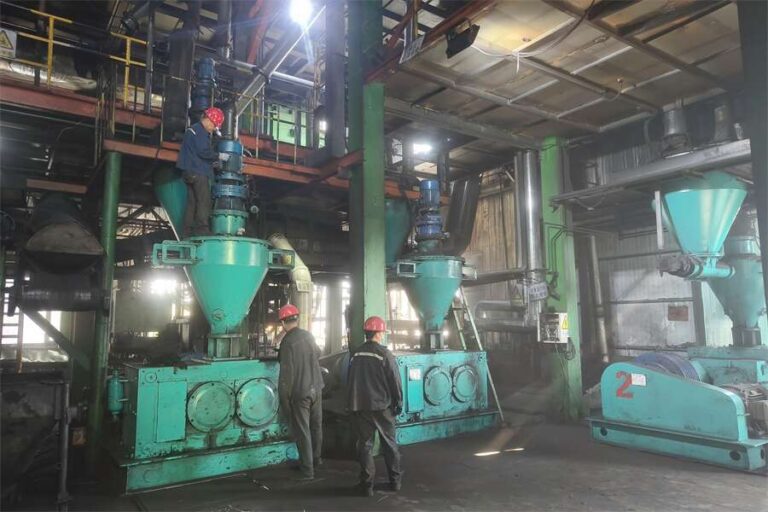
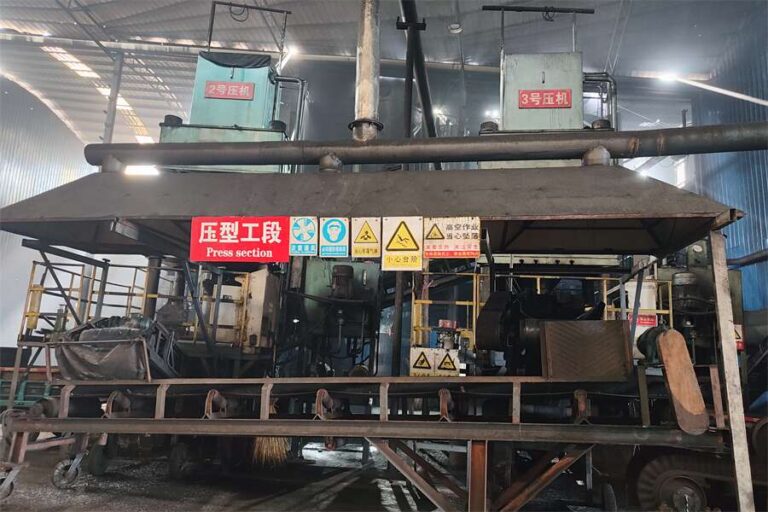
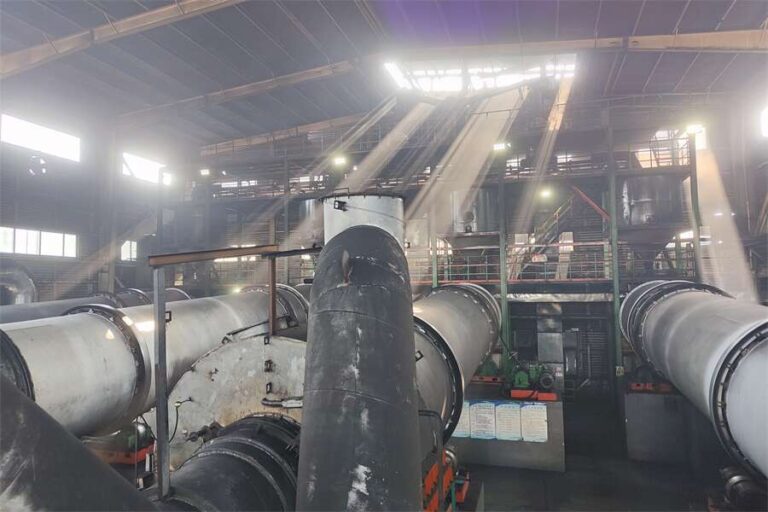



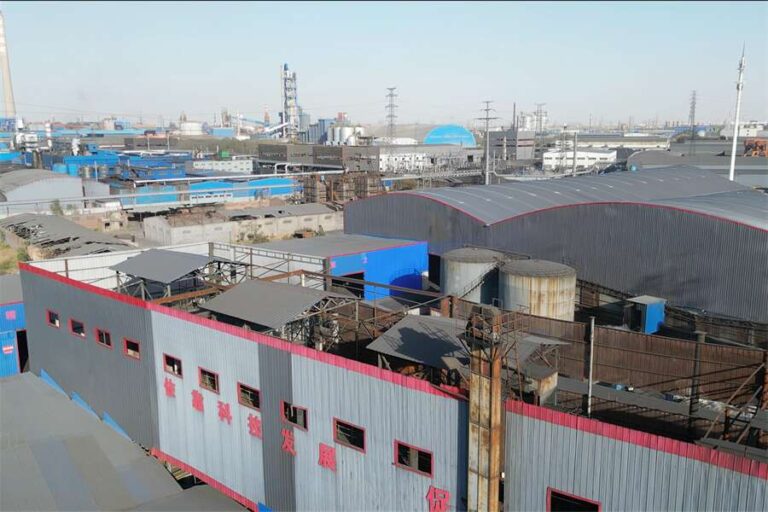


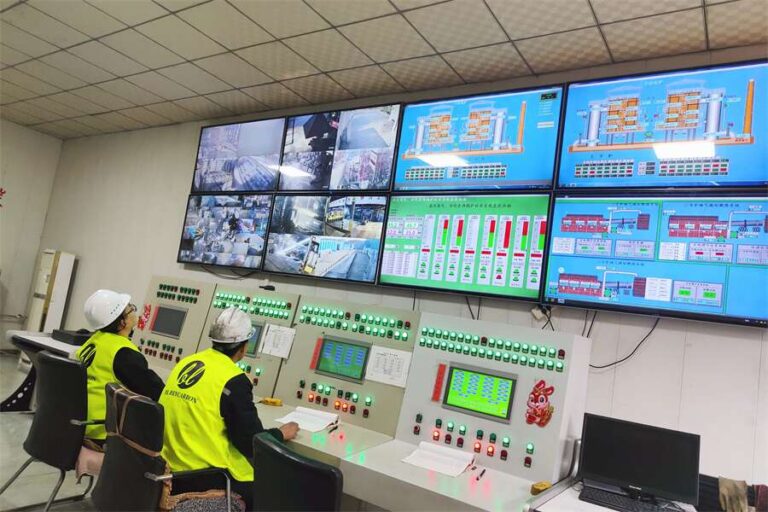
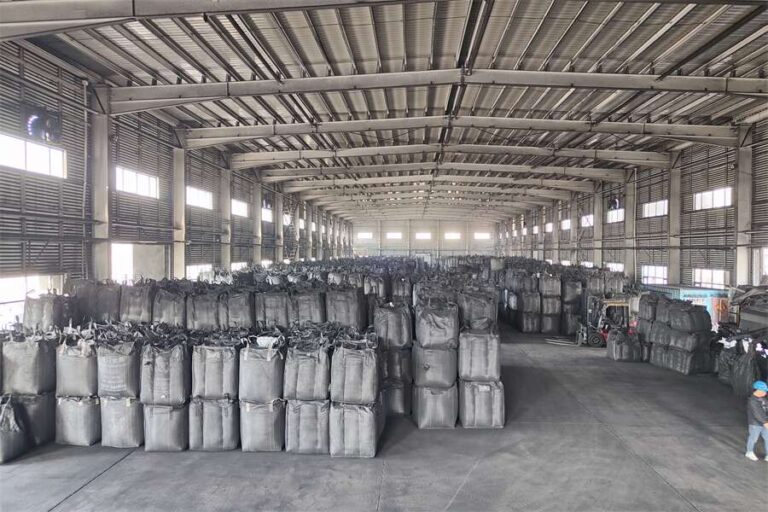
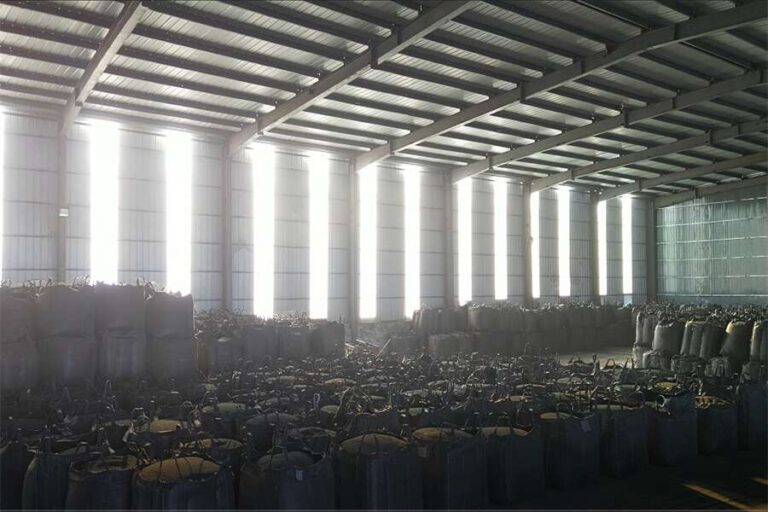
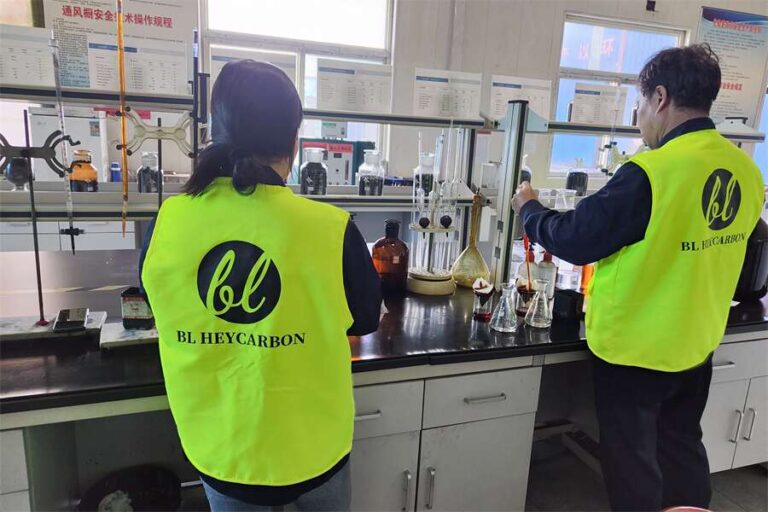
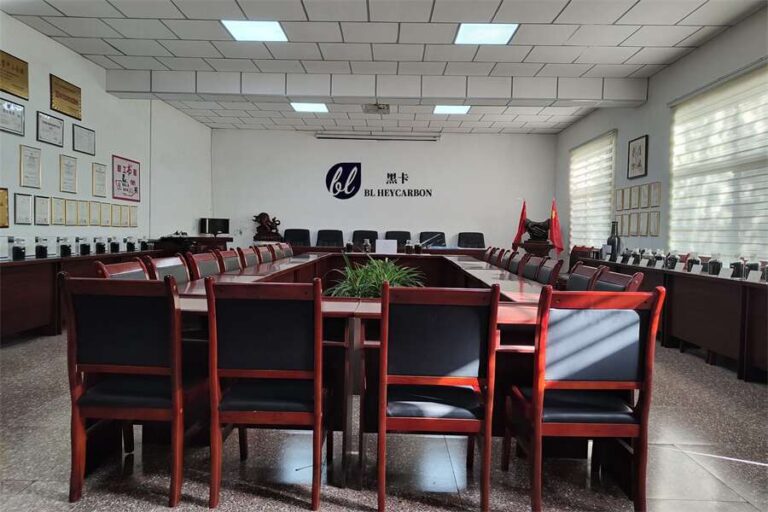

Why Choose Heycarbons Activated Carbon?
Heycarbons has proudly served the activated carbon industry with high-quality products for over 20 years with 16 patents.
- First, on the left you can see what our customers say about us?
- Secondly, we have extensive experience in the food decolorization industry.
- When encountering problems, we actively respond to ensure a good customer experience
You will get a quote in 24 hours
Are You Looking for Activated Carbon Manufacturers?
Contact us for design assistance, free quote, and expert advice today.
Your inquiry will be replied within 24 working hours, and we respect your privacy.
You will get a quote in 24 hours

